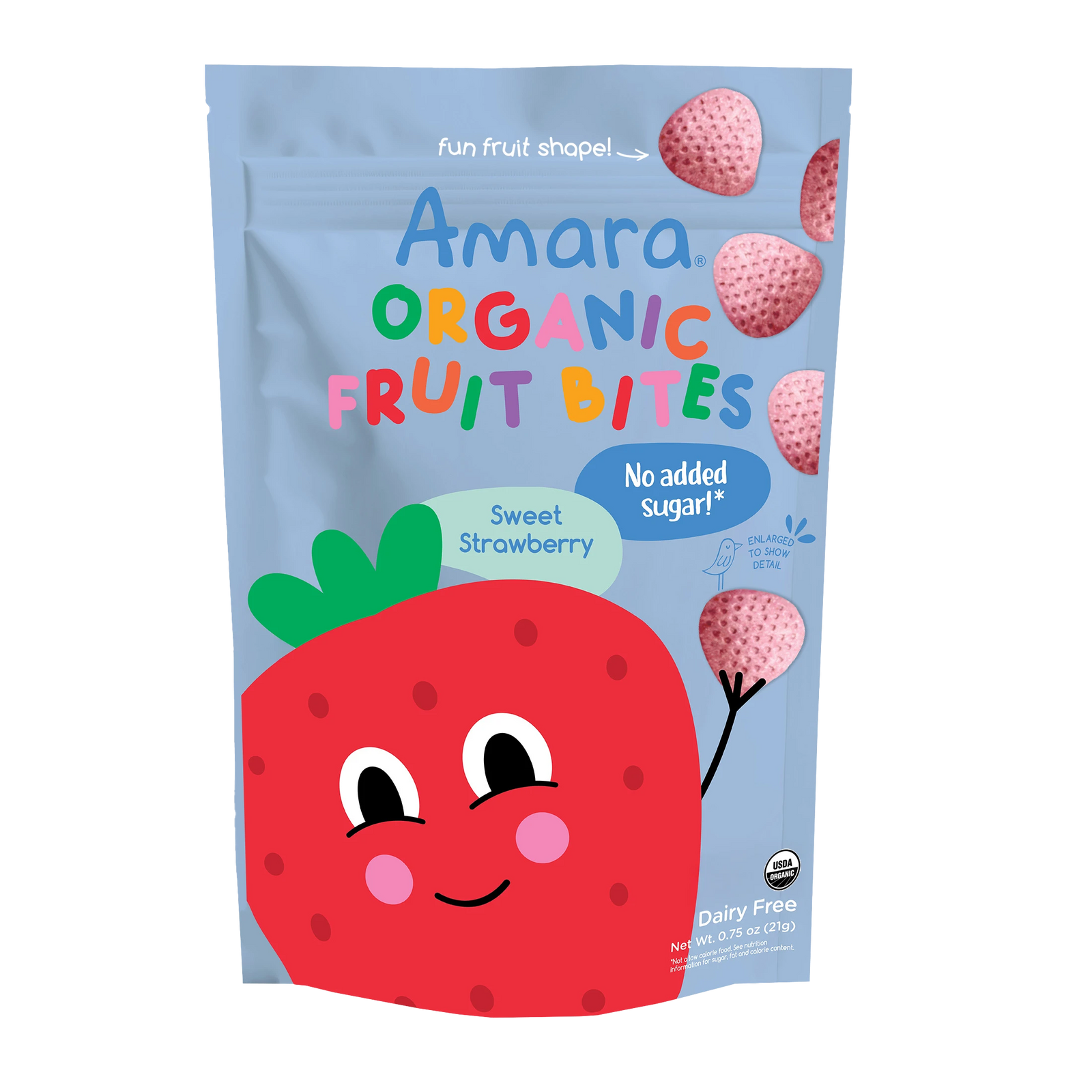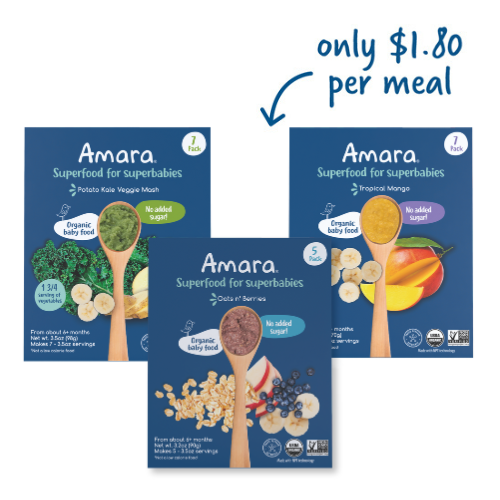It's all easy and fun when you can leave your baby in the stroller and they won't crawl out, but before you know it, they will be moving more than you want them to!
Crawling is a big step for your baby, so you probably want to be prepared.
Just remember, every baby learns to crawl differently; in fact, some children may not even crawl at all! Just like feeding, every baby beats to their own drum.
In this guide, we partnered with Maternity Glow and used their advice to look at some of the ways that your baby may learn to crawl. We will discuss what you need to do to babyproof your house to make sure that it is safe for your tot.
We will also look at some tools and tips to help make the learning process easier for both you and your little one.
When Should You Expect Your Baby to Crawl?
That's the key question right, we all wonder when is it the "right" time for our baby to crawl. The timing will vary for each child, but you can expect to see more movement from your little one when they are between 6 and 10 months old.
Since there is no specific timing to your baby learning to crawl, you should expect to notice more movement at the point that they start rolling over on their own and start to bring themselves up with their hands.
This is usually a sign that they are ready to explore, which is a key factor in their motivation to crawl, and the next step might be to actually crawl!
Types of Crawls Your Baby May Try
Remember that not all babies will learn to crawl on their hands and knees. Babies will to learn to move the way that they find easiest for them and getting up on all fours to crawl like we see in all the commercials is not that simple.
You may find that your baby has a hard time scooting on the floor, so when your baby works out a method that works for him/her, go with it. Let your baby explore what works and what makes it easier for them to start crawling.
Here are a few of the styles that your baby may try:
- The classic crawl that alternates your baby's hands and knees.
- The crab crawl is when your baby uses one knee and one foot. They will scoot forward on their knee and use their foot to propel them forward!
- The commando crawl is basically an army crawl where your baby uses his or her arms to drag their body behind them. With this method, the bottom portion of their body will almost not be used at all.
- The bear crawl is when your baby moves on their hands and feet without bending their knees or elbows.
Ways to Encourage Your Baby to Crawl
One way that you can encourage your baby to crawl is to give them a platform that lifts their hands off of the floor and gives helps them learn to put weight on their knees.
Mirrors can also be a great tool to use because babies like to look at themselves, and they will try to approach the other "baby" (the reflection in the mirror) to try to touch the reflection. Position the mirror so you can try to help them learn to crawl.
An exercise ball is another tool that can help your baby learn how to move their body when they are crawling. Try to slowly move the ball in different directions while your baby is laying on it on his/her stomach, your baby will try to shift his/her body to accommodate to the momentum.
Another way to encourage your baby to crawl is to do fun activities or mazes. Kids love to explore, so if you create a tunnel that they can crawl through, they will be curious about what is on the other side. If you put a box in the middle of the floor, they will be curious what is inside and it could be a big motivator for them to crawl. If you do not have a tunnel on hand, a hollowed out cardboard box will work perfectly.
Going outside can also be a great encouragement, yes, #getoutside! There are all types of stimuli outside, which means that they will be curious about their surroundings and try to move (or hopefully crawl) around to take it all in.
Why is Crawling Important?
No matter which type of crawling that your baby learns, it is an important stage for your baby's development because it helps them to develop their motor skills so that they can learn to do things later in life like learn to walk, run, or even hold a spoon while feeding.
Crawling is also important for balance. Remember that you want to start not that far from the floor. Crawling is the first step for your baby to be able to balance themselves on two feet instead of on their hands and knees.
Crawling also helps your baby develop their hand-eye coordination. When your baby is able to move around freely, they will begin to become more spatially aware of their surroundings. This is an important skill that will keep them from getting hurt as they grow up (imagine toddler years).
Crawling will also help them learn their limitations and navigate obstacles that are blocking their way. Every baby starts to crawl at different times but eventually they will start to crawl by themselves and feel confident.
Babyproofing Your Home
When your baby starts to crawl around your home on their own, there are a lot of potential dangers that you will need to safeguard against to keep your little one from getting hurt.
Think everything that is at knee level and below should be baby proofed so your home can be safe for your active little one.
The best way to make sure that you don't miss anything is to get down low and see things from the perspective of your child.
Look for things that draw your eye because they could be dangerous! You can start with covering the electrical outlets so that your little one does not get shocked. Believe me, they start putting their little fingers into everything!
The toilets need to be locked, the cleaning supplies hidden away and sharp corners of furniture covered to protect them your little one from falling into them.
Also don't forget about houseplants. Some plants are actually dangerous to small children when they are ingested, so if you have any plants around in your home, keep them well out of reach (and of being knocked over).
The most important thing is to be ready for your baby to crawl before they are, you will be more prepared!
Wrapping Up
When your baby starts crawling around your home, you are in for a lot of fun moments and activities! Your baby will be learning new things and taking in their environment, all while moving freely in the space that you provide them (and baby proof of course!).
When your baby is at the stage when you think they should be crawling, encourage them and give them the space to explore, but don't push them past their comfort zone.
Here are some tips to help you get ready for your baby crawling:
- Babyproof everything that you think could pose a danger.
- Not all babies crawl on their hands and knees.
- Let them crawl using whichever method is comfortable to them.
- Use mats, toys, and mirrors to encourage them to crawl.
- Keep the floor clean.
- Floor mats can be a useful tool.
This post was posted originally in Maternity Glow. After your baby starts to crawl, your baby is almost ready to hold a spoon themselves and start exploring their feeding journey. For more information about feeding and what are the best foods for your baby, check out the best organic baby food pouches available at Amara Organic Baby Food.







Leave A Comment